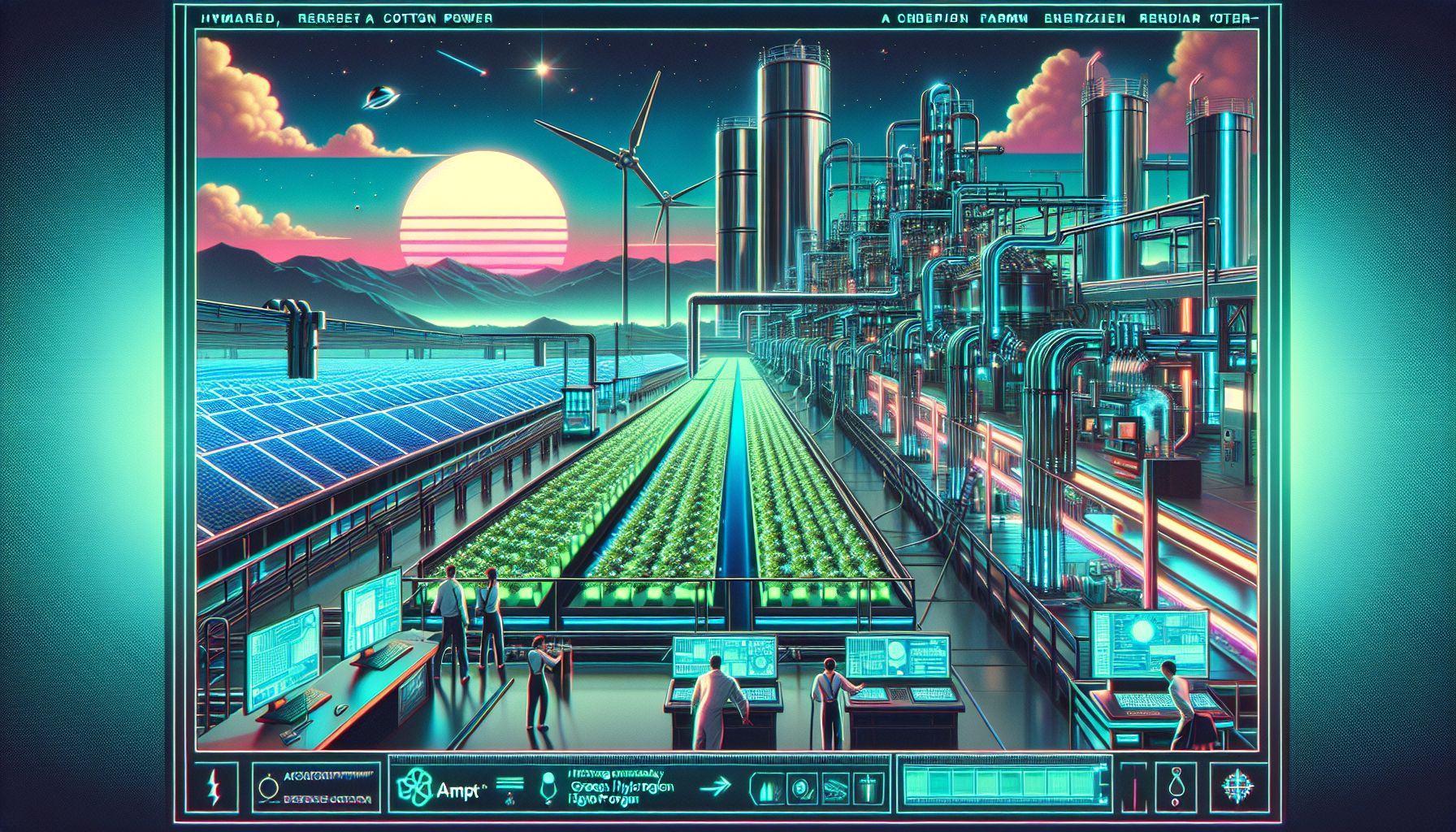Revolutionising Cotton Farming with Green Hydrogen and Solar Power

New South Wales, Thursday, 6 November 2025.
Hiringa Energy teams up with Ampt to power low-carbon cotton production in Australia using US solar tech, cutting CO2 emissions by 17,000 tonnes. A step towards sustainable agriculture!
Innovative Solar Integration
Hiringa Energy’s collaboration with Ampt marks a major leap in sustainable agriculture. By integrating US-made solar technology into their operations, they are set to revolutionise cotton farming in New South Wales. The solar power systems, equipped with string optimisers from Ampt, ensure that each solar panel performs optimally. Even when some panels are shaded, the system continues to deliver maximum efficiency, a real game-changer for the green hydrogen production process [1][2].
Powering Sustainability
The Good Earth Green Hydrogen and Ammonia (GEGHA) project is not just about cotton. It’s about creating a sustainable cycle where solar energy powers electrolysers to produce green hydrogen. This hydrogen is then used to create low-carbon ammonia, an essential fertiliser for the cotton crops. By doing so, Hiringa Energy and Ampt are helping to cut CO2 emissions by up to 17,000 tonnes annually, a significant reduction that underscores the potential of renewable energy in agriculture [1][3].
Continuous Energy Supply
The project features a 27 MWdc solar array combined with a 30 MWh battery energy storage system. This setup ensures a continuous, off-grid power supply to the electrolysers, allowing them to produce hydrogen around the clock. The efficient use of power management and storage technology reduces energy losses significantly. This sort of 24/7 operation is crucial for maintaining the supply of low-carbon ammonia and running farm machinery sustainably [2][3].
Economic and Environmental Impact
Economically, the integration of Ampt’s technology into Hiringa’s operations is poised to make renewable hydrogen and ammonia production more competitive. This competitiveness is vital for the broader adoption of green technologies in agriculture. Environmentally, the project contributes to the reduction of reliance on fossil fuel-based fertilisers, promoting a more sustainable agricultural model [1][4].
Looking Ahead
The success of this project could serve as a blueprint for similar initiatives across Australia and New Zealand. By showcasing how renewable energy can power traditional industries, Hiringa Energy is paving the way for a greener future. The potential for replication of such systems means that sustainable agriculture could become the norm rather than the exception. It’s a bright future, one solar panel at a time [3][4].